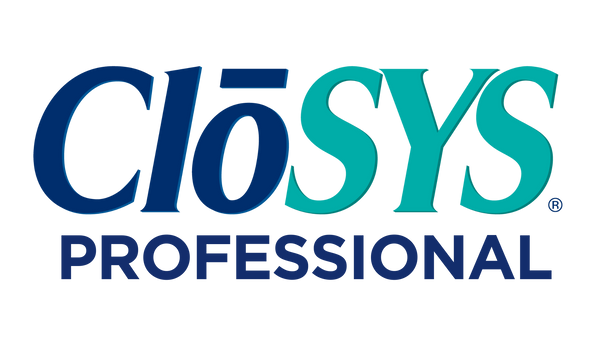Abstract
Background
Inconclusive protocol and consensus exist at present time regarding treatment of patients who have developed Osteonecrosis of the Jaw (ONJ) following administration of intravenous Bisphosphonates. Most clinicians are avoiding treatment for patients presenting with BRONJ due to lack of predictable treatment outcome.
Findings
In this case report, patient was suffering from a non healing lesion on anterior mandible, which was not responsive to any conventional treatment. Patient was recommended to rinse with the PBSCD for treatment of BRONJ (Bisphosphonate Related Osteonecrosis of the Jaw) lesion seen on some patients who were on intravenous Bisphosphonate medications for multiple myeloma. A Patient was recommended to rinse three times a day with PBSCD. After 4 month use of the solution patient presented with soft tissue healing on previously exposed necrotic bone on mandibular anterior region.
Conclusion
The benefit of Phosphate buffer-stabilized 0.1% chlorine dioxide-containing mouth wash (PBSCD) is discussed. This is a non invasive protocol that has proved to be effective in closing of an open wound.
